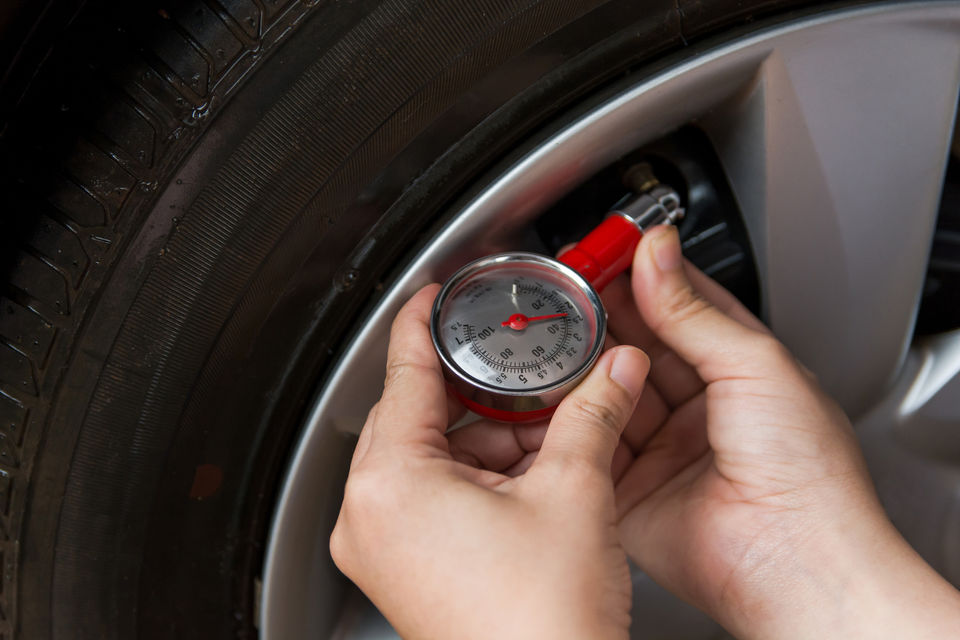
Is 40 PSI A Good Tyre Pressure - Why? Why Not?
What should you know about tyre pressure?
When it comes to vehicle maintenance, one aspect that often gets overlooked is tyre pressure.
Many drivers wonder whether 40 PSI is a suitable tyre pressure for their vehicles. The truth is, there isn’t a one-size-fits-all answer to this question.
Is 40 PSI A Good Tyre Pressure
The answer is: it depends.
In certain scenarios, maintaining a tyre pressure of 40 PSI can indeed be advantageous.
If you're behind the wheel of a sports car or heavy-duty truck, higher tyre pressure may be recommended to accommodate the performance demands of these vehicles.
Similarly, when carrying substantial loads, a higher pressure helps prevent tyre bulging or deflation, ensuring optimal safety and stability on the road.
However, context matters, and there are instances when 40 PSI might prove excessive.
For drivers traversing uneven terrain or braving chilly temperatures, a lower tyre pressure can enhance both ride comfort and traction. This approach minimises the jarring effect of bumps and provides better grip, especially on slippery surfaces.
Moreover, vehicles equipped with low-profile tyres may necessitate reduced pressure to prevent overheating and maintain tyre integrity.
Pros and Cons of Running 40 PSI
Pros
Improved Handling and Performance
The increased pressure bolsters responsiveness during steering and cornering, offering a more controlled driving experience.
Reduced Rolling Resistance
Lower resistance means your vehicle expends less energy to move forward, leading to improved mileage and potentially saving you money at the pump.
Longer Tyre Life
Higher tyre pressure can distribute the weight load more evenly across the tyre’s surface. This even distribution helps mitigate uneven wear, extending the lifespan of your tyres.
Cons
Reduced Ride Comfort
Higher pressure can transmit road imperfections more directly to the cabin, leading to a bumpier and less enjoyable driving experience, especially on rough roads.
Increased Risk of Tyre Punctures
With higher tyre pressure, the tyre’s contact patch with the road is reduced. This can make the tyre more susceptible to sharp objects or debris, increasing the likelihood of punctures.
Increased Risk of Hydroplaning
Higher tyre pressure can exacerbate the risk of hydroplaning by reducing the tyre’s ability to disperse water effectively.
Conclusion
In certain scenarios, maintaining a tyre pressure of 40 PSI can indeed be advantageous.
If you’re behind the wheel of a sports car or a heavy-duty truck, higher tyre pressure may be necessary.
Similarly, when carrying substantial loads, a higher pressure helps prevent tyre bulging or deflation, ensuring optimal safety and stability on the road.
However, for regular passenger vehicles driving on sealed roads, 40 PSI is excessive. Follow the manufacturer recommended pressure listed on the placard on the drivers door.

Louis
I'm Louis, an engineer passionate about helping Australians choose better tyres for their vehicles!
